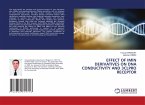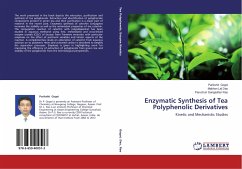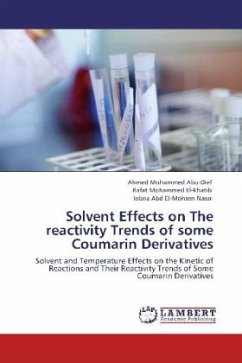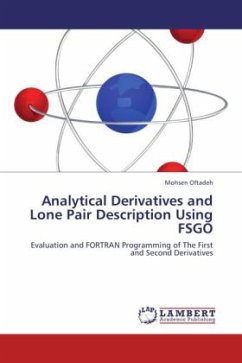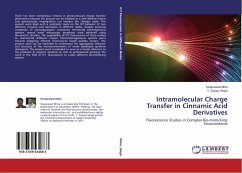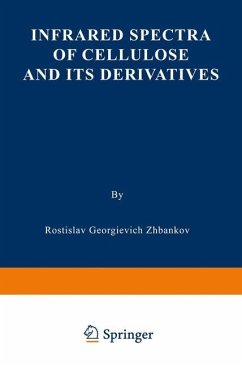Since it was synthesized in 1928, luminol's strong blue light emission upon specific oxidative conditions has fascinated scientists and science enthusiasts. Its chemiluminescence has very important bio-analytic applications, namely in biosensors and in the identification of heavy metals in biological samples. Of all applications, the most famous is the identification of haemic iron from cleaned blood-stains. Despite its properties, luminol derivatives have been searched to achieve stronger chemiluminescence and light emission in different colours in the visible region of the electromagnetic spectrum. In this work the chemiluminescence properties of some acyl luminols is investigated. Theoretical calculations on this system have been used to back-up some of its findings.
Hinweis: Dieser Artikel kann nur an eine deutsche Lieferadresse ausgeliefert werden.
Hinweis: Dieser Artikel kann nur an eine deutsche Lieferadresse ausgeliefert werden.



